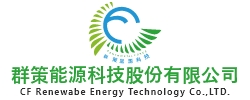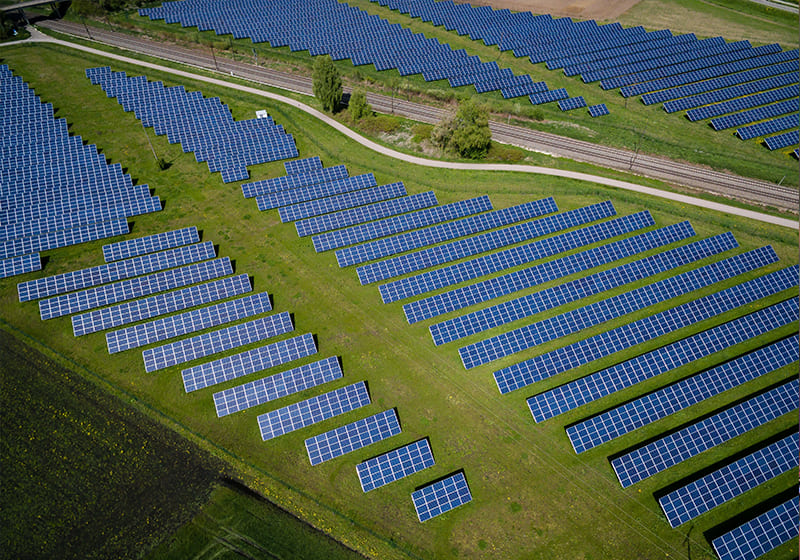Case Study/Project Management
Building context/challenges.
The actual construction time of most solar energy projects is not long. Most of the time is spent on back-and-forth communication with different entities (Taiwan Power Company, Energy Bureau, local government, Engineers Association, etc.) for document review. Therefore, the first few months of each site are mainly focused on document review. With an increasing number of projects, each unit has documents to process simultaneously. The processing progress of documents directly affects the project execution schedule. However, as a startup company, there is currently only a defined SOP process for each department internally, lacking a complete project management system and a cross-department communication platform. This leads to progress being tracked manually one by one, making it difficult for supervisors to effectively control the progress of each project in real-time. Additionally, the company needs to compile progress reports for each site weekly to report to investors, which also relies on manual consolidation of project progress. However, the cost of manual consolidation is the consumption of manpower hours, thereby increasing the company's operating costs.
Most of the projects in the case company are currently only in the engineering phase, and there are not many projects that have entered the operation and maintenance phase. Therefore, a standard management approach for operation and maintenance has not been planned yet. At this stage, information for each site is only organized by personnel. The dispatching and inspection for operation and maintenance are also manually tracked and managed. As a result, only the relevant responsible persons are aware of the operation and maintenance status of each site, making it difficult to pass on experiences.
Solutions
From interviews with the case company, it is evident that the original management approach was document-centric, relying on the progress of document processing to understand project execution status. However, this method cannot quickly control project progress and may also entail the risk of documents being overlooked and delayed. Therefore, alongside the implementation of project management systems, a review of internal operational processes was conducted. Collaborating with departmental managers, a comprehensive project operational process (Work Breakdown Structure, WBS) was devised. This WBS serves as the framework for standard management systems. Additionally, all documents required throughout the project lifecycle were integrated with the WBS. This approach establishes the concept of understanding and tracking document processing progress based on the execution status of work.
For maintenance projects, the information from various sites is consolidated and centrally managed through the system. Scheduled maintenance operations are input into the system, utilizing its automatic reminder feature to regularly notify relevant maintenance personnel. After dispatching, responsible personnel record maintenance records and relevant documents in the system for future reference by colleagues.
Benefits of implementation.
The original manual tracking process, which required individual tracking, has been transformed with the assistance of the system, converting information into digital format. Now, each responsible person only needs to report progress to the system. Supervisors can then quickly and instantly understand the overall project execution status through automatically generated reports in the system. Additionally, during the implementation process, the operational processes and output documents of various internal departments have been re-integrated. This allows project members to have a clearer understanding of the project's execution status and to verify the completion progress of each document through the system, thereby saving personnel communication time.
With the project data now systematized, the weekly project progress reports that need to be submitted to investors have also been streamlined. All reports can be automatically generated through reporting tools, eliminating the need for manual consolidation. This significant reduction in personnel-related tasks has freed up more time for employees to handle other responsibilities, indirectly enhancing the overall efficiency of the company.
For maintenance projects, the system not only sends out reminder notifications to relevant personnel at specific times to prevent any tasks from being overlooked, but also stores all maintenance-related records and documents within the system. This allows colleagues to share this information, facilitating quick access to the corresponding data for future reference or audits.
CF Renewable Energy Technology Co., LTD. is a professional solar photovoltaic system installer, providing comprehensive services including analysis, design, planning, submission, construction, testing, monitoring, and operation. The company prioritizes the development of renewable energy such as solar photovoltaic in Taiwan, aiming to contribute to the global environment. With a team of experienced professionals in the industry, CF Renewable Energy Technology Co., LTD. enhances its competitiveness and tailors solar photovoltaic projects to meet the needs of its clients. Embracing the pulse of the times, we are dedicated to creating a magnificent development chapter for the younger generation, making outstanding contributions to green, energy-saving, and sustainable development, and leaving a vivid mark on the history of our era.
Industry category.
The energy industry
Solutions
Solar Energy Management
Related cases
ACMEPOINT Energy Services
Establishing vertical integration services for the operation and maintenance of the construction site.

